If you’re wondering, why is my ecobee not turning on the A/C? Is there no air flowing out of the vents? Is the air you’re breathing not cold? You’ve come to the correct spot.
Unless your air conditioner has a hardware problem, the ecobee should work. We’ll review any issues with ecobee and provide extra hardware troubleshooting advice.
The failure of the ecobee thermostat to cool might be caused by several factors. Ensure your thermostat is turned on and connecting to wifi.
In this post, I’ll walk you through the troubleshooting procedures to get your air conditioning back under your ecobee smart thermostat’s management.
Ecobee Thermostat Not Turning On AC? Here’s Method To Troubleshoot
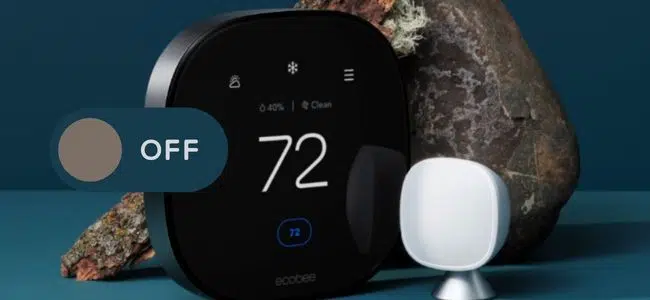
1. Blocked Drainage System –
A drain pipe or pan will be included in every HVAC system. In addition, the HVAC system deals with dusty and moist air. As this air flows through the system, algae, mold, and dust accumulate in the drain line or pan.
As a result of the deposition of these components, a build-up of condensing water will occur. The system’s safety feature is activated when the water level rises to a specific point.
It will then cut the electricity to the thermostat and air conditioner, preventing them from turning on when needed.
You may quickly tell whether you’re dealing with a blockage by checking for the following indicators.
- Locate the drain pans and evaporator coils first. They may be on some systems’ top or bottom of the air handler or furnace. They might be on the side or at the bottom.
- After that, look for the drain line. It is frequently found on the furnace’s side.
- It’s generally a PVC pipe, so it’s easy to spot. It might be any color; however, it is usually white in most systems.
- It’s worth noting that your HVAC system may have two drain pans. If it’s in an attic, such a scenario is plausible.
- One is the central pan, usually found right below the evaporator coil. The other is used as a backup. It is generally located below the surface of the water.
- If the components appear blocked, the next step is to drain them. Sediment obstructing the drainpipe is a possibility.
- As a result, you’ll need to use a powerful water spray to rinse away the dirt. You might not need to use water, but depending on the severity of the blockage, you’ll need to decide what to use.
- Consult an HVAC specialist if unsure how to proceed with the cleaning. Alternatively, look at some expert-recommended DIY procedures for cleaning an HVAC system on the internet.
2. Low Refrigerant Concentrations
A lack of refrigerant will prevent your air conditioner from turning on when needed. The cooling substance is usually what keeps the coils from overheating.
The AC will struggle to provide cool air at low settings. It also impacts the AC’s capacity to distribute hot air from the heat pump.
- Step 1: As a result, a refrigerant is one of the essential components of a well-functioning air conditioner. Instead, loss from leakages might be the source of low levels.
- Step 2: The AC coils frequently develop breaches through which the refrigerant escapes. A lack of regular maintenance often causes coil corrosion.
- Step 3: They’ll take a while to erode, so keep an eye out for leaks and patch them regularly.
- Step 4: Also, remember that correcting the problem may necessitate the assistance of an expert. You might try to fill the refrigerant, but following the manufacturer’s specifications would be difficult.
- Step 5: As a consequence, enlist the help of an HVAC professional for the most satisfactory outcomes. They will investigate the source of the leaks and advise on the best course of action.
- Step 6: If the components appear blocked, the next step is to drain them. Sediment obstructing the drainpipe is a possibility.
3. Air Filters That Are Blocked
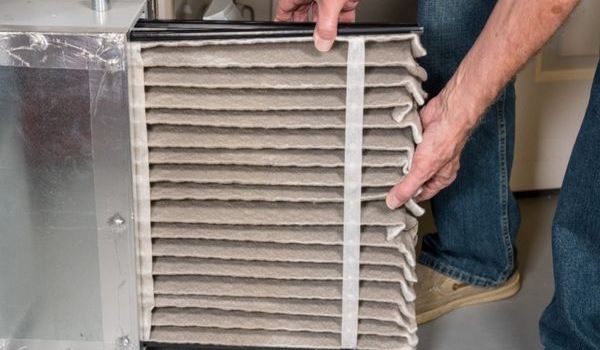
Many individuals regularly fail to clean the air filters in their air conditioners, a common source of failure. It makes no difference which air filter model you’re using.
Cleaning them regularly is essential. Otherwise, you’ll breathe polluted air, and your air conditioner will eventually break down or reboot repeatedly.
Another typical problem with clogged air filters is that they might ruin your outdoor air conditioning system.
- Frequently, the air conditioner will freeze, impeding ideal performance and, eventually, failure.
- Blocked air filters indicate that the refrigerant does not get any warm air from the interior of your home. As a result, it will grow chilly, and, as a result, it will freeze.
- Because there isn’t much work to be done with the parts, cleaning the air filters is simple.
- Alternatively, you might engage a professional to clean them thoroughly. It’s worth noting that washing them will melt the ice in the coils.
- As a result, devise a method of collecting this water. Also, make sure to give the filters plenty of time to dry.
- Regular air filter inspection is critical for detecting clogs and resolving the issue quickly.
4. Condenser is filthy.
A condenser is found in every air conditioner and is responsible for transferring heat from the rooms to the outside. As a result, it is located outside the AC, in the open.
As a result, it is prone to picking up dirt from the environment. Here are the steps to clean it.
- Dirt collection on the condenser is typical, primarily if the system is not maintained regularly.
- The filth will inhibit efficient heat dissipation to the environment, leading the system to fail.
- As a result, the circuit breaker will trip, causing the AC system to fail. If the condenser is dusty, a professional will typically be able to clean it better than you could.
- If you perform it yourself, you risk damaging the compressor coil fins, which require cautious handling.
- Cleaning should be done regularly to avoid dirt collection, which may be costly in the long run.
5. The circuit breaker has been tripped.
You could also check the circuit breaker if your air conditioner isn’t turning on. It’s usually because the circuit breaker tripped due to a power spike, which can turn the screen blank black.
It’s a common occurrence designed to prevent the AC from short-circuiting due to a surge.
- First, find the circuit breaker’s position. After that, please turn it off before turning it back on.
- Your air conditioner should be up and running.
- Nonetheless, you must be cautious, particularly if the circuit breaker continues to trip.
- The circuit breaker tripping regularly indicates an issue with the current supply.
- Constant voltage spikes can also cause electrical fires. As a result, speak with your electrical provider.
6. The Size of Your Air Conditioner Is Incorrect
Before purchasing an air conditioner, it is critical to consult with an expert. Failure to do so may bite you later, especially if you buy the incorrect size.
For example, if your air conditioner isn’t the right size, you’ll have frequent malfunctions and eventually have to replace it.
Either choosing an enormous or undersized air conditioner will be a mistake. It swiftly turns on and off in the case of the former.
It may appear good, but frequent switching on and off can increase the likelihood of damage due to wear and tear.
- Humidity control is likewise useless with a more oversized AC than necessary.
- It doesn’t have enough time to eliminate excess humidity from the environment because it has to turn on and off.
- It’s also not good to have a smaller air conditioner. It will struggle to control the temperature variations in your house due to its size.
- As a result, anticipate it to be on practically all of the time, causing the capacitor to overheat. After continual overheating, it will most likely fail shortly.
- Another issue with a smaller-than-required air conditioner will raise your energy expenditures.
- If you choose the wrong AC size, you may have no choice except to replace the entire system.
- Most of the time, there is just an issue with the calibration of your device.
Final Talk
The Ecobee not being set to trigger your A/C, an overfilled drain pan, or a clogged A/C drain line are the most common causes of the Ecobee not turning on your A/C. These reasons often stop ecobee from turning the heat on too.
Each of these issues has a do-it-yourself solution. If you continue to have problems after completing the instructions in this tutorial, contact the ecobee support desk. If you’re not comfortable working with HVAC units, get a professional.

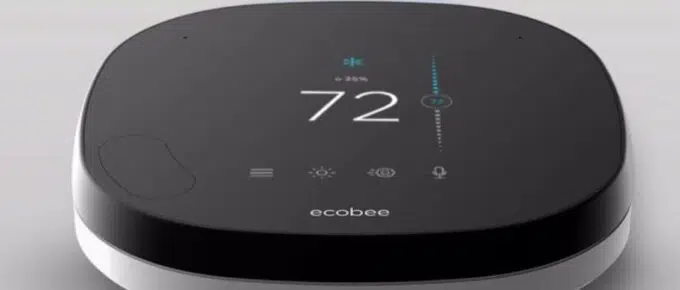
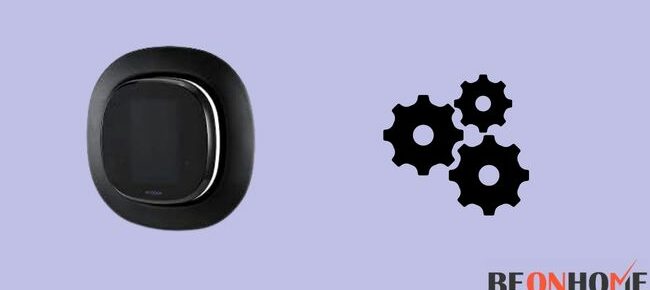
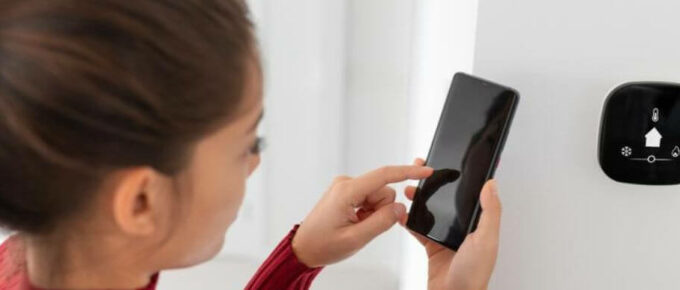
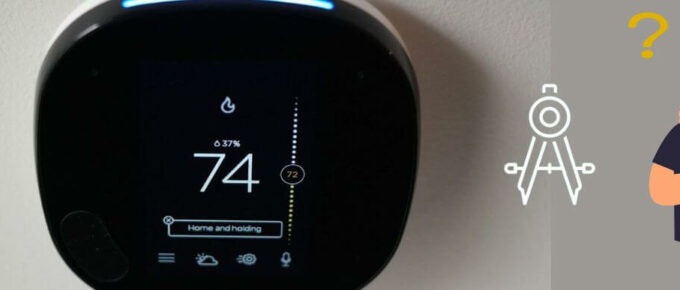
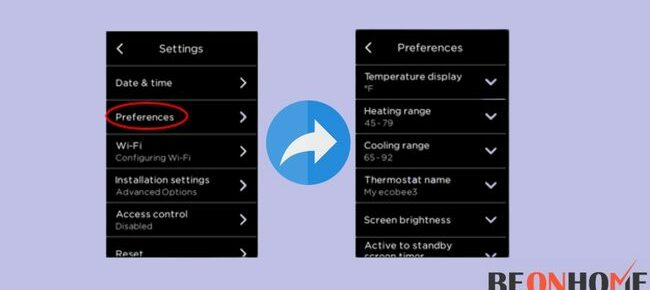
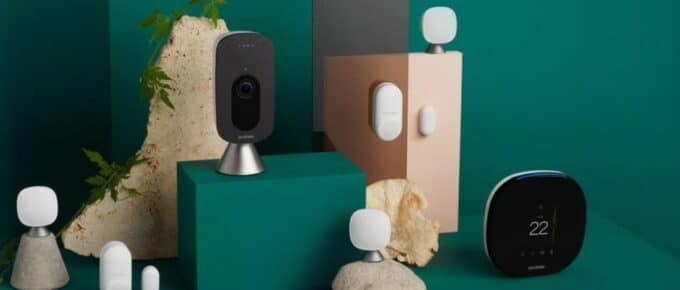
Leave a Reply